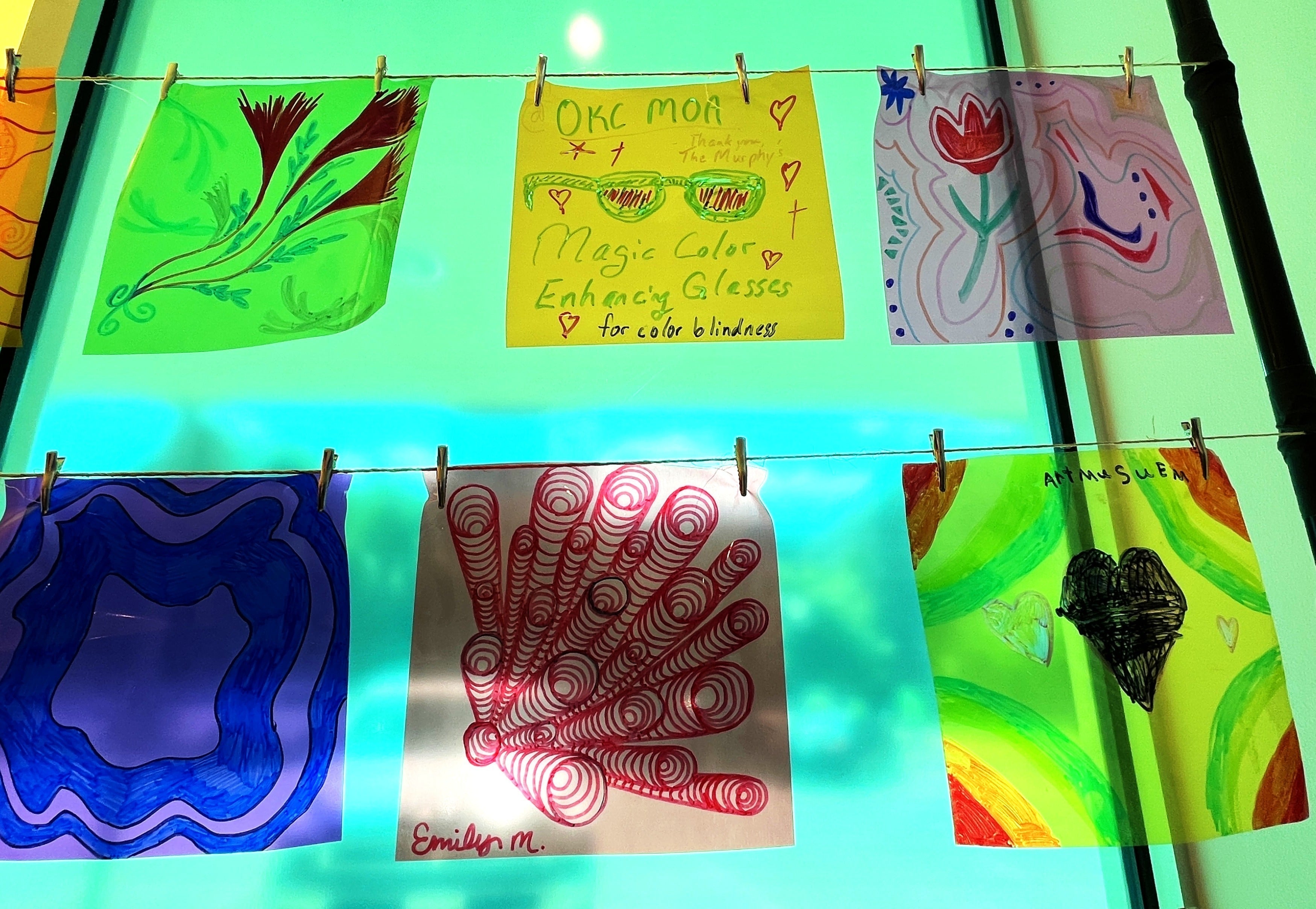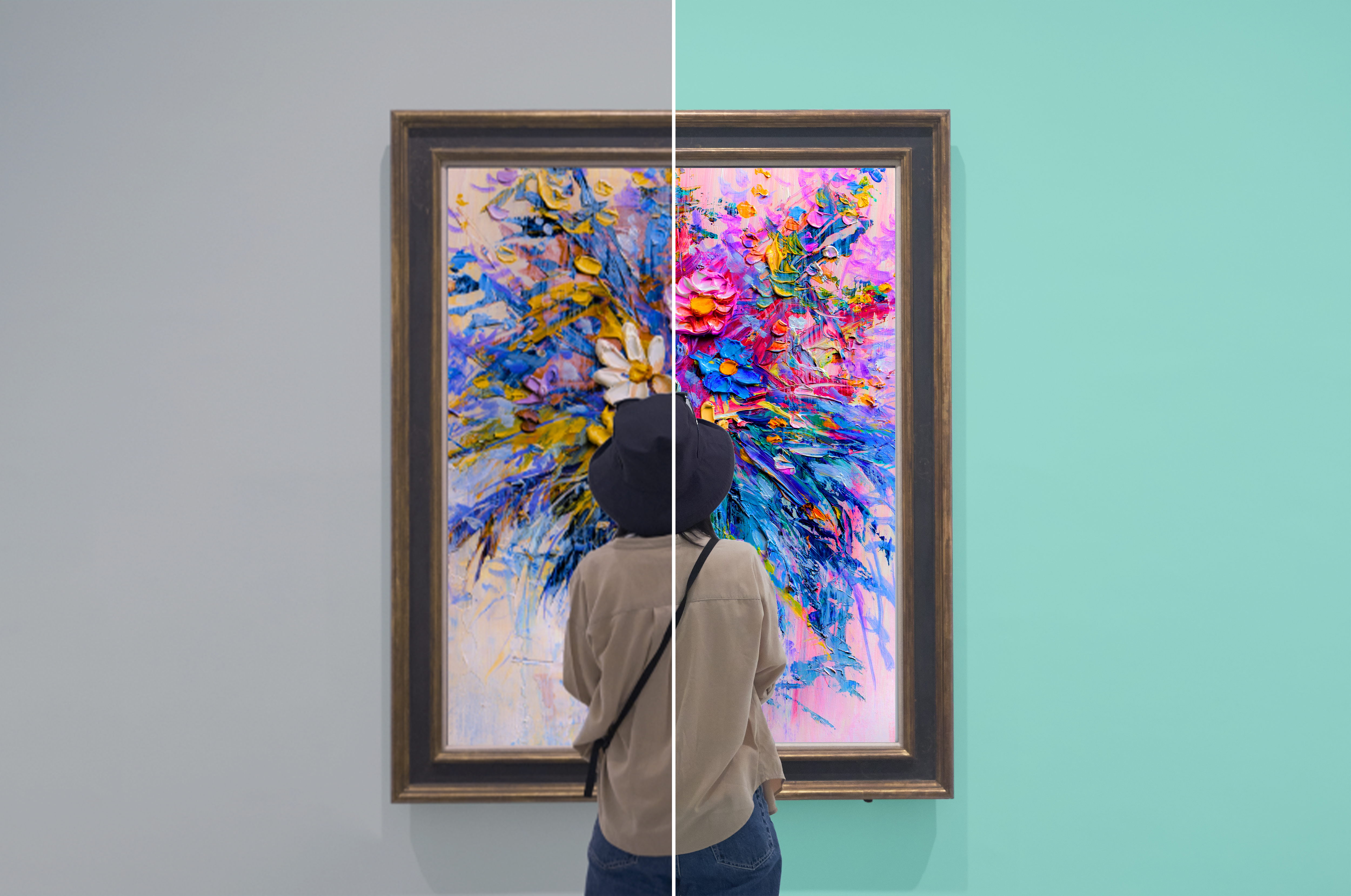
Thank You to Our 2025 Color Blindness Awareness Month Partners!
OKCMOA's partnership with EnChroma has been truly heartwarming. By sharing the gift of color accessibility, we hope to enrich the lives of our visitors and deepen connections to the vibrant world o...

Thank You to Our 2024 Color Blindness Awareness Month Partners
We’ve had the privilege of collaborating with partners such as Crayola, Mercedes-Benz, Georgia O'Keeffe Museum, Centre Pompidou, Eric Carle Museum, Fondazione Paolina Brugnatelli, Faber-Castell, Na...

Mississippi State University Pioneers Support for Colorblind Students with EnChroma Glasses
MSU's faculty from the plant and soil sciences and geosciences departments took the commendable step to integrate EnChroma glasses into their teaching resources, thereby lowering hurdles and foster...

Study Finds Visits to Museums and Colorful Attractions Less Appealing for Color Blind People
This EnChroma study serves as a clarion call to museums, parks, tourist destinations, and other public venues to prioritize color accessibility. By embracing technologies like EnChroma glasses and ...

Improving Color Perception: The Impact of EnChroma Glasses on Red-Green Color Blindness
The study not only highlights the innovative approach of using spectral notch filters to improve color perception, but also opens new avenues for research into neural adaptivity and the potential f...

Exploring Nature in Fuller Color: Montgomery Parks’ Innovative Initiative for the Color blind
As we celebrate this innovative partnership, it's exciting to consider its potential impact. Not only does it offer a more inclusive park experience for those with color blindness, but it also rais...
